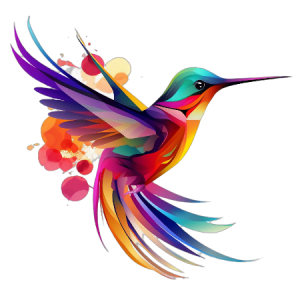“The Illicit Parrot Trafficking Industry: A Multi-Billion Dollar Harm to People and Birds” sheds light on the disturbing reality of the parrot trafficking trade, a clandestine industry worth a staggering $45-50 billion. This underground market not only poses a severe threat to countless bird species, but also inflicts harm upon the very people involved in the illegal exchange. With the Animal Welfare Act now enforcing standards for the handling, care, and transportation of specific bird species, there is hope for addressing the dire situation. However, the challenge of protecting wild birds and providing safe havens for unwanted parrots persists. This article explores the inhumane techniques employed in bird smuggling, examines the consequences faced by confiscated birds, and discusses the growing issue of unwanted pet birds in order to foster awareness and advocate for better treatment and conservation efforts.
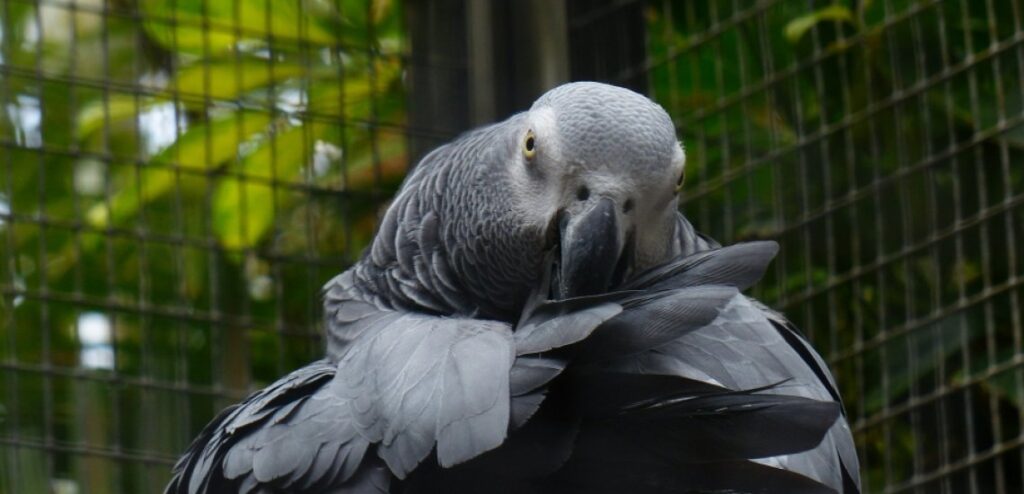
The Illicit Parrot Trafficking Industry
The illicit parrot trafficking industry is a massive global problem, with estimates suggesting that it generates $45-50 billion in revenue each year. This industry not only poses a threat to the well-being of the birds involved but also has detrimental effects on people.
The scale of the industry
The scale of the illicit parrot trafficking industry is staggering. It is a highly organized and lucrative trade that operates across international borders. Parrots are captured from their natural habitats and smuggled across continents to satisfy the demand for these beautiful and intelligent birds in the exotic pet market. The trade in parrots is driven by the high prices that these rare and often endangered species can fetch in the black market.
Harm to people and birds
While the parrot trafficking industry may be profitable for those involved, it has severe consequences for both people and birds. First, there are significant ethical concerns surrounding the capture and sale of these animals, as it often involves the use of cruel and inhumane methods. Birds endure immense suffering as they are kept in cramped and unsuitable conditions during transportation, leading to high mortality rates. Moreover, the trade in illegal wildlife can also pose a threat to human health, as it may involve the smuggling of exotic diseases.
Recent Standards in the Animal Welfare Act
In recognition of the need to address the welfare of animals involved in the pet trade, including parrots, recent amendments have been made to the Animal Welfare Act. These amendments include specific standards for the handling, care, treatment, and transportation of certain bird species.
Inclusion of standards for bird species
The inclusion of standards for bird species in the Animal Welfare Act marks an important step toward protecting these animals from the horrors of the illicit parrot trafficking industry. These standards aim to ensure that birds are treated humanely and provided with proper care throughout their lives. By setting clear guidelines and requirements, the Animal Welfare Act sends a message that the welfare of birds is a priority that cannot be ignored.
Implications for parrot trafficking
The inclusion of standards for bird species in the Animal Welfare Act has significant implications for the illicit parrot trafficking industry. The implementation of these standards creates greater accountability and increases the risk for those involved in the trade. It also acts as a deterrent by raising awareness of the ethical concerns associated with the industry, thus reducing the demand for illegally traded parrots.
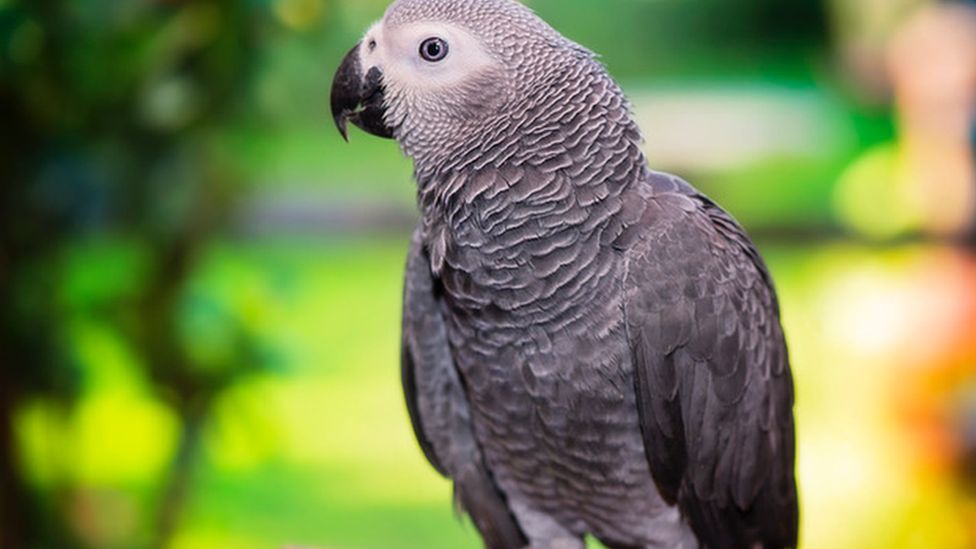
Threats to Wild Birds
The illicit parrot trafficking industry poses a significant threat to wild bird populations worldwide. This trade not only disrupts ecosystems but also jeopardizes the survival of these species.
Avian smuggling trade
Avian smuggling is a lucrative trade, and parrots are highly sought after due to their vibrant colors and intelligent nature. The demand for these birds leads to a significant decline in wild populations as they are caught and removed from their natural habitats. The loss of these birds disrupts the delicate balance of ecosystems and can have far-reaching consequences for other wildlife that rely on their presence.
Limited safe places for unwanted birds
Another threat faced by wild birds, particularly those involved in the illicit parrot trafficking industry, is the lack of safe places for unwanted birds. Many of these birds, once captured and smuggled, end up in homes where their owners are ill-equipped to care for them. As a result, a large number of parrots are relinquished or abandoned, adding to the already significant population of unwanted birds. This lack of safe places for unwanted birds further exacerbates the problem and increases the strain on wildlife rescue organizations.
High Demand for Fledgling Parrots
The demand for parrots, especially fledgling ones, remains high in the exotic pet market. This demand is fueled by various factors, including the lower cost of smuggled birds and the impact it has on the demand for captive-bred parrots.
Cheaper smuggled birds
Smuggled birds are often significantly cheaper than those bred in captivity, making them an attractive option for potential buyers. The lower cost appeals to individuals who are looking for a pet but are unable or unwilling to pay the higher prices associated with legally bred parrots. The affordability of these illegally traded birds inadvertently perpetuates the illicit parrot trafficking industry and contributes to its continued growth.
Impact on demand for captive-bred parrots
The high demand for smuggled parrots negatively impacts the demand for legally bred captive parrots. Many responsible breeders who prioritize the welfare and proper care of these birds find it increasingly difficult to find homes for their offspring. This can lead to financial strain on breeders, hindering their ability to continue their important work in conservation and responsible breeding practices.
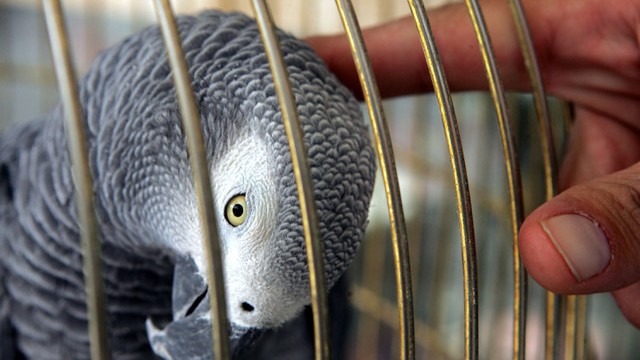
Cruel Techniques and Suffering for Birds
The methods employed in the illicit parrot trafficking industry are characterized by cruelty and cause immense suffering and stress for the birds involved. Two common techniques used, mist nets and birdlime, exemplify the brutality these birds endure.
Mist nets and birdlime
Mist nets are fine mesh nets that are set up to catch birds as they fly through a particular area. When birds become entangled in these nets, they can sustain injuries or become trapped, leading to stress, exhaustion, and even death. Birdlime, on the other hand, is a sticky substance applied to branches or perches. When birds land on these surfaces, they become stuck, causing immense distress and making them easy targets for capture. These cruel techniques not only cause physical harm and suffering but also disrupt the natural behaviors and instincts of these intelligent creatures.
Consequences for bird welfare
The consequences of the cruel techniques used in parrot trafficking extend beyond physical harm. Birds that are subjected to mist nets or birdlime suffer from severe stress, fear, and trauma. They are often deprived of food, water, and appropriate shelter during transport, exacerbating their suffering. This mistreatment has long-lasting impacts on their welfare, both physically and psychologically, further highlighting the urgent need for greater efforts to combat the illicit parrot trafficking industry.
Confiscation and Its Consequences
When illegal parrot trafficking is detected, authorities often confiscate the birds involved. However, the journey for these birds does not end there, and their fate can vary greatly.
Life in captivity
Confiscated parrots often spend the rest of their lives in various forms of captivity. While some birds are fortunate enough to be placed in reputable sanctuaries or zoos where they receive proper care, many others are not as fortunate. They may end up in private ownership, where their welfare may be compromised due to inadequate knowledge and resources. This life in captivity, whether in suitable or unsuitable conditions, is a stark contrast to the natural environment that parrots are adapted to.
Private ownership, euthanasia, and repatriation
Private ownership of confiscated parrots can lead to a range of outcomes. Some owners may genuinely care for the birds and provide them with a suitable environment and proper care. However, others may unintentionally mistreat or neglect these birds due to a lack of understanding of their complex needs. In some cases, parrots are euthanized due to behavioral or health issues, further emphasizing the need for educating the public on responsible pet ownership. Additionally, there have been efforts to repatriate confiscated parrots back to their countries of origin, where they can be rehabilitated and reintroduced into the wild. This approach aims to restore these magnificent creatures to their natural habitats and allow them to contribute to their ecosystems once again.

The Issue of Unwanted Pet Birds
The illicit parrot trafficking industry contributes to the growing issue of unwanted pet birds. As the demand for parrots increases, so does the number of birds that are relinquished or abandoned.
Relinquishment rates and overcrowded rescues
The relinquishment rates for pet birds, including parrots, are alarming. Many people acquire these birds without fully understanding the long-term commitment and care requirements they entail. As a result, owners often find themselves unable to provide the necessary care, leading to relinquishment. This trend puts a significant strain on wildlife rescue organizations, which become overcrowded with unwanted birds. These rescues face limited resources and struggle to provide the necessary care and attention to every bird in their care.
Future challenges with the aging human population
The issue of unwanted pet birds is expected to worsen in the coming years due to the aging human population. Many elderly individuals who once owned parrots may find themselves unable to properly care for their pets. This will likely result in a dramatic increase in the number of unwanted or homeless birds in the next 10-15 years. Preparing for this future challenge requires proactive measures, including education, outreach, and support services for elderly individuals to ensure that both the birds and the individuals receive the care they need.
Mistreatment and Neglect of Birds
Many pet owners lack a comprehensive understanding of the captive care requirements for birds, which can lead to mistreatment and neglect.
Lack of understanding of captive care requirements
Caring for a captive bird requires knowledge and understanding of their specific needs, including proper diet, housing, socialization, exercise, and mental stimulation. Unfortunately, many pet owners are not adequately informed about these requirements and may unintentionally mistreat or neglect their birds. This lack of understanding often results in birds experiencing suboptimal welfare and a diminished quality of life.
Consequences for bird well-being
The mistreatment and neglect of birds can have severe consequences for their overall well-being. Birds that are kept in unsuitable environments or deprived of essential resources may suffer from physical ailments, such as malnutrition or obesity, as well as behavioral problems, such as aggression or self-mutilation. These issues not only impact the individual bird’s quality of life but can also have detrimental effects on their long-term health and even lifespan.
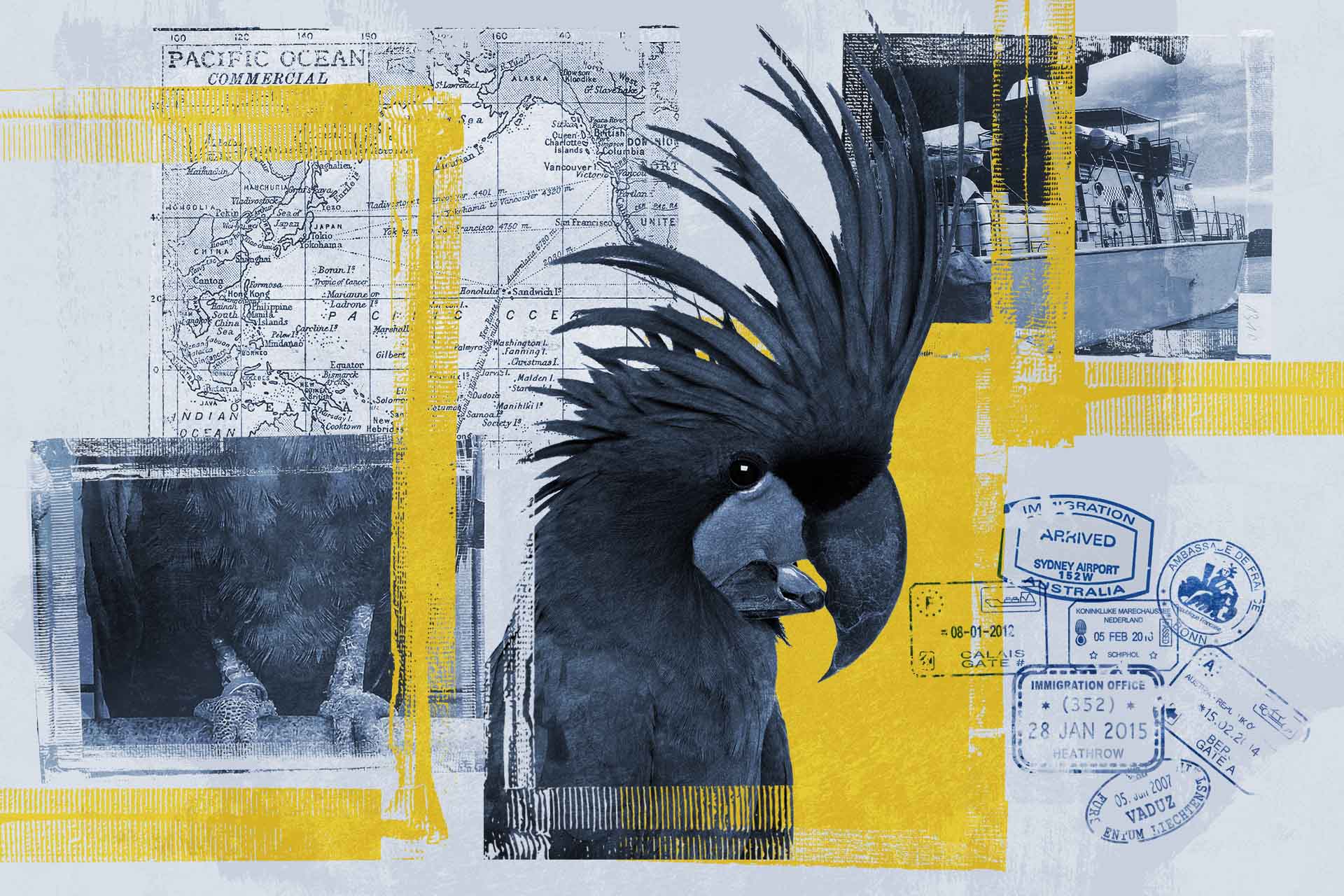
Health and Behavior Problems in Captive Birds
The social isolation and lack of natural behaviors experienced by many captive birds can lead to a range of health and behavior problems.
Social isolation and lack of natural behaviors
Birds are highly social animals that rely on complex social structures and engage in a variety of natural behaviors in the wild. In captivity, birds are often isolated from their own kind, leading to loneliness and frustration. Additionally, the limited space and enrichment opportunities in captivity can restrict their ability to exhibit natural behaviors, such as flying, foraging, or nesting. This lack of social interaction and natural behaviors can have a significant impact on their mental and physical well-being.
Impact on bird health and behavior
The social isolation and deprivation of natural behaviors can result in a range of health and behavior problems for captive birds. Birds may exhibit signs of stress or depression, such as feather plucking, aggression, or self-harm. The lack of mental and physical stimulation can also lead to obesity, muscle atrophy, or weakened immune systems. These health and behavior problems not only diminish the quality of life for captive birds but can also shorten their lifespan.
Importance of Enrichment and Suitable Captive Environments
Enrichment and creating suitable captive environments are paramount for ensuring the well-being of birds held in captivity.
Enhancing bird well-being
Enrichment is the process of providing captive animals with mental and physical stimulation that mimics their natural environment. For birds, this can include the provision of toys, foraging opportunities, socialization, and exposure to appropriate sounds and stimuli. By engaging in natural behaviors and being mentally and physically stimulated, captive birds can experience improved overall well-being and a higher quality of life.
Creating enriched captive environments
To create suitable captive environments, it is essential to consider the specific needs and requirements of each bird species. This includes providing adequate space for natural behaviors, such as flight or perching, as well as the inclusion of appropriate cage furnishings and environmental enrichment. Additionally, creating opportunities for social interaction and mental stimulation can significantly improve the welfare of captive birds. By prioritizing the creation of enriched captive environments, we can help mitigate the negative impacts of the illicit parrot trafficking industry and provide a better future for these magnificent creatures.
